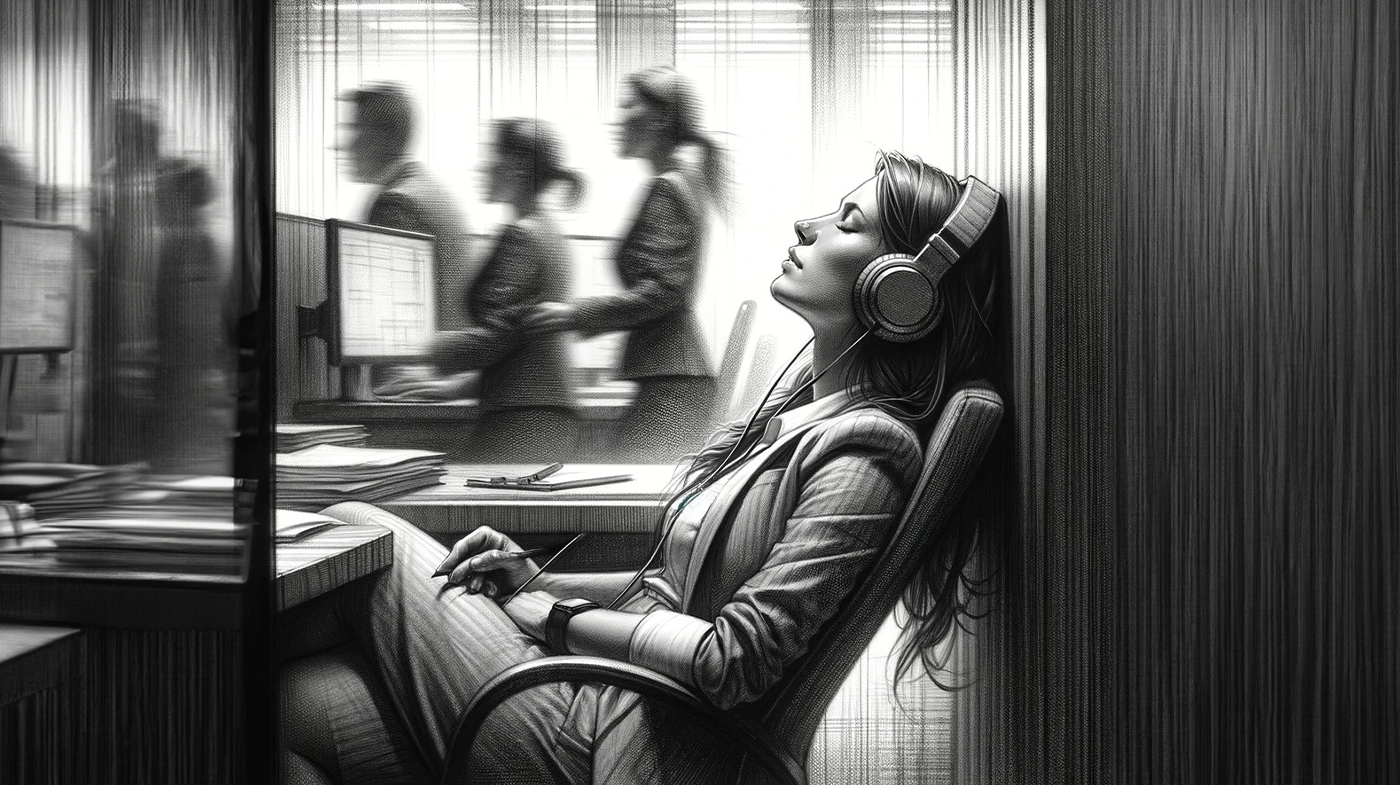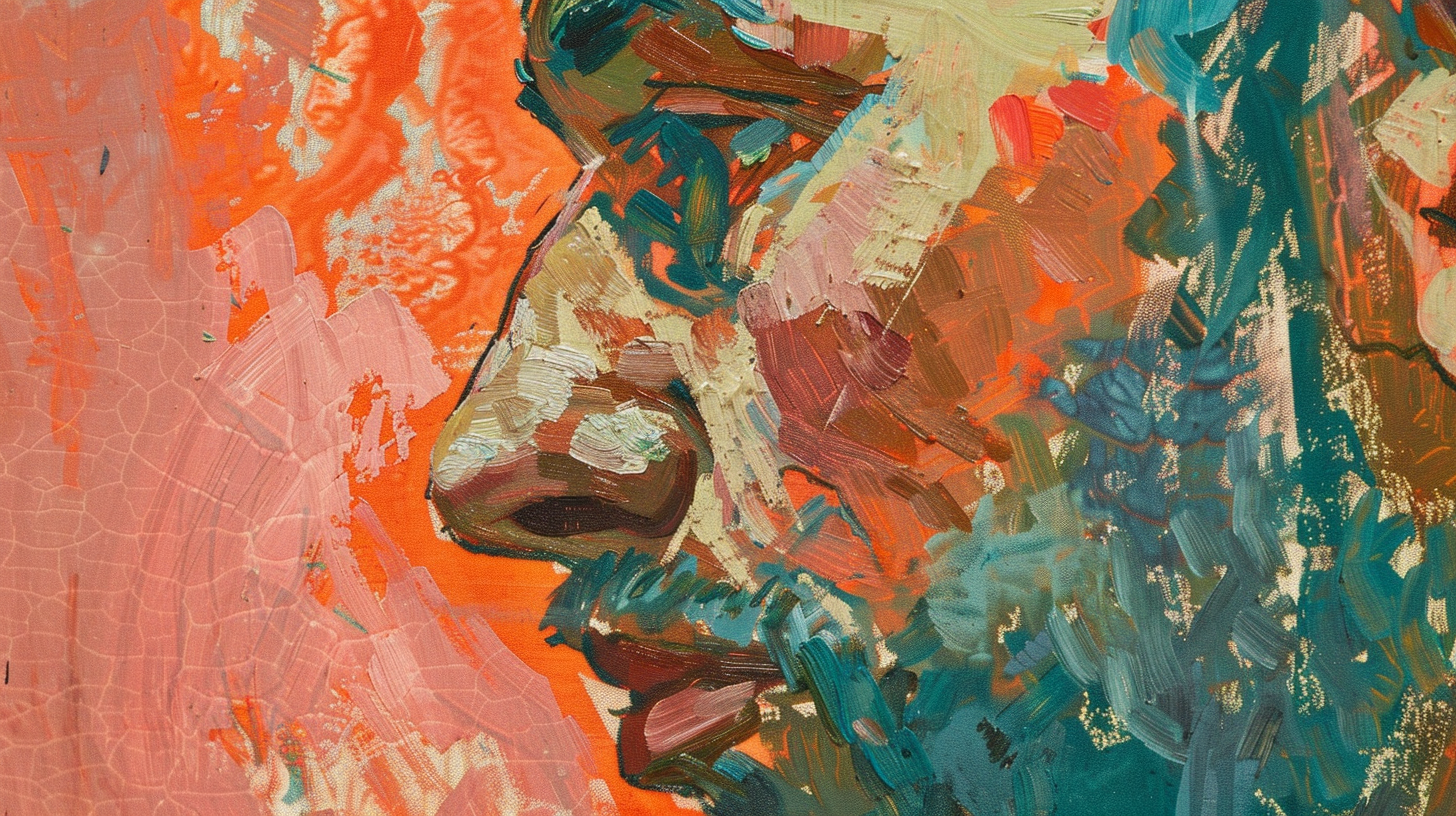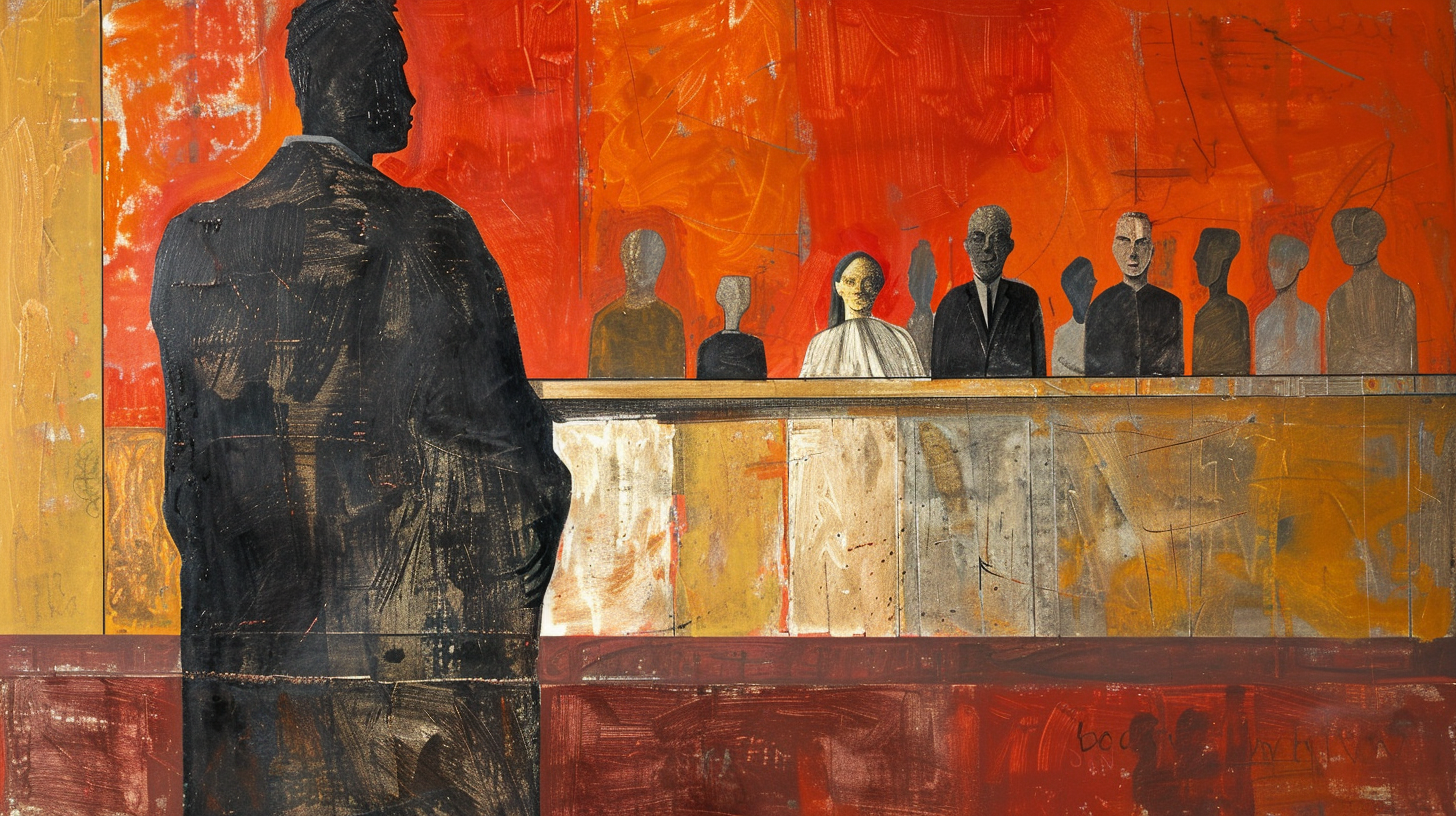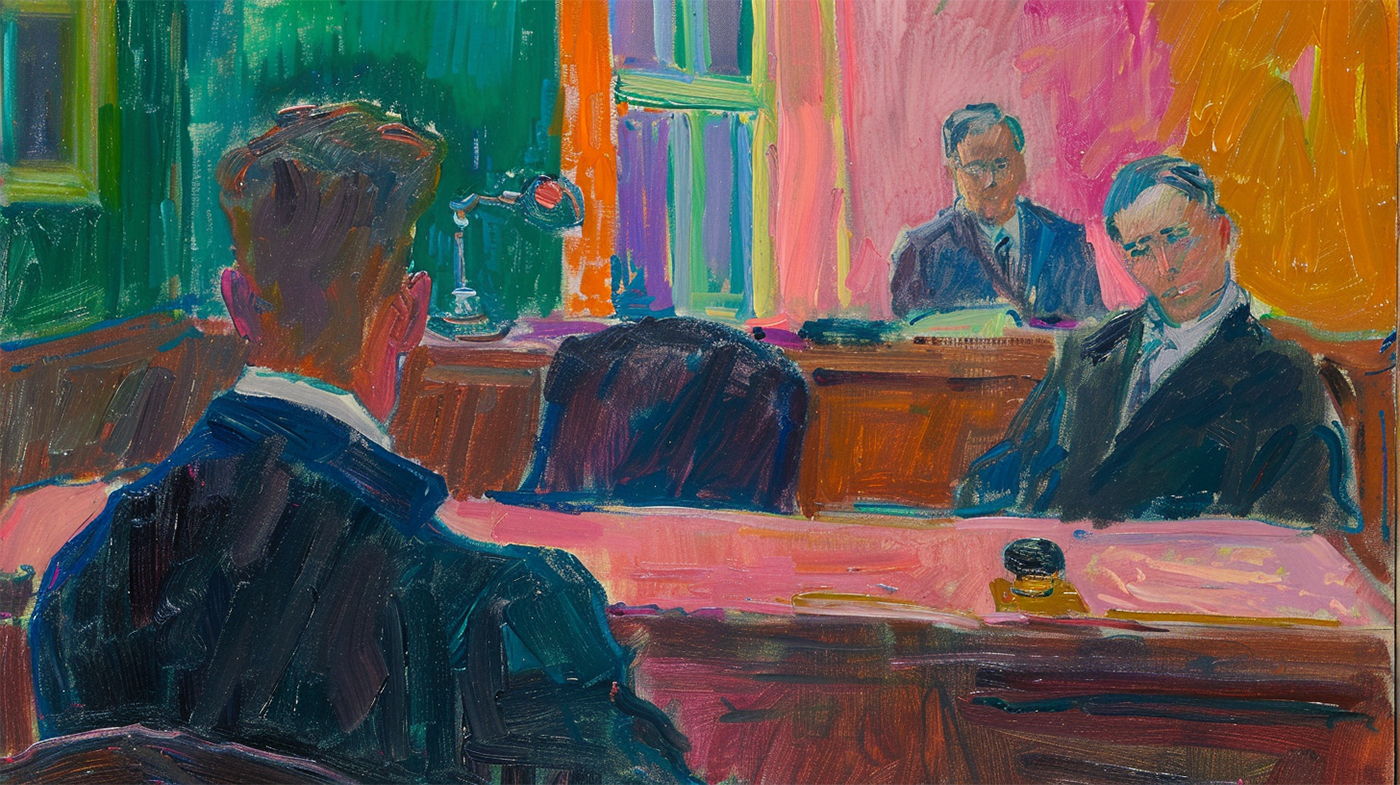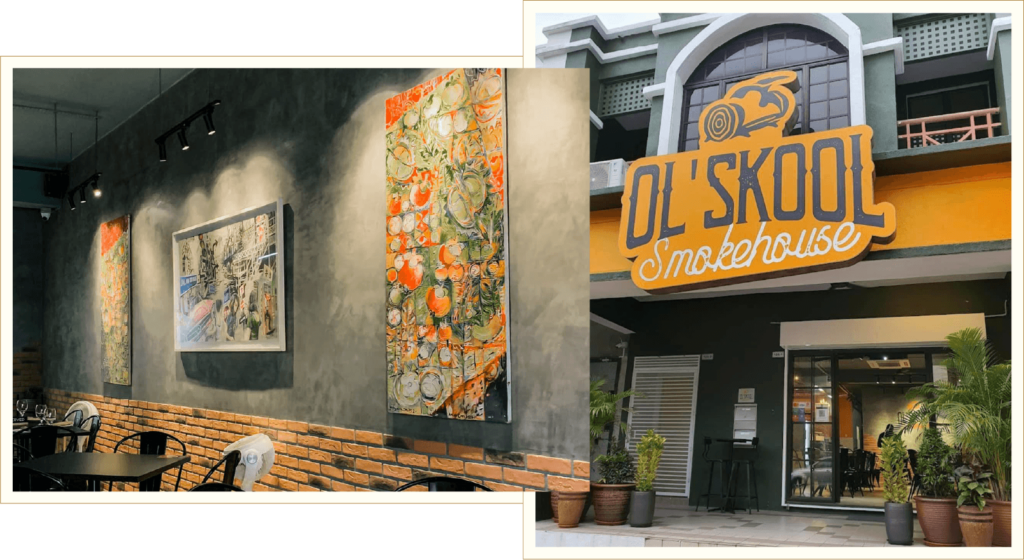In a civil or criminal case, all the evidence in support of a civil claim, criminal prosecution or defence to either of them must be brought before the trial judge for consideration, evaluation and judgment.
It is at the trial that the judge will see, hear and experience the evidence produced in court. The judge does so firstly to decide on what evidence should be accepted or rejected. The criteria for admitting evidence is relevance.
Generally, if a piece of evidence has no bearing on the claim, charge or defence, it is irrelevant and cannot be admitted for the court’s consideration. If it is relevant, it is admissible, even if the evidence was illegally obtained: see Saminathan v PP [1937] MLJ 39 and R v Kuruma [1955] AC 197. It is not clear how this sits with our Evidence Act 1950 regime and is worth considering another time.
Once the admissible evidence is sorted from the inadmissible evidence, the court will then focus its consideration only on credible admitted evidence. Evidence lacking in credibility is still admissible so long as it is relevant. An example of that would be a document relevant to the claim or defence so riddled with inaccuracies or marks that the court doubts its authenticity. The court will admit the evidence but is unlikely to rely on it. In litigation parlance we say, That evidence has no weight to it.
It is therefore of the highest importance to bring all the evidence we intend to rely on to trial. More importantly, it is incredibly important to exercise reasonable diligence to investigate the facts of the case to ensure they are supported by evidence before filing the claim. This ensures, as much as possible, that nothing important is left out.
The court will not consider any evidence not brought to trial or not admitted. In the interest of finality, the court is unlikely to consider any evidence brought after trial. If you didn’t bring it when you had the opportunity to, it’s just too bad. You are not allowed a second bite at the cherry.
If parties were allowed to bring evidence as and when the litigants please, it is likely the trial will go on longer than it should and there will be no finality to the determination of the case facts. Until and unless the facts are settled, legal arguments cannot take place. Facts are the basis of the arguments. Until and unless arguments are heard, the court cannot make a decision.
The decision after a trial is a conclusive and authoritative decision of the dispute after having heard all the litigants to the claim or prosecution. That is why being thoroughly prepared for the trial both in terms of evidence and legal arguments is necessary, there is no going back after that.
It is for this reason the test for adducing either further or fresh evidence on appeal is strict and onerous. The appeal is against a decision of the court that considered what was supposed to be ‘all the evidence and argument’ and pronounced a decision on the dispute. To include new evidence would be unfair both to the judgment appealed from and the other party because it has the potential to change the nature of either the facts or legal arguments on appeal.
The courts have the power to admit further or fresh evidence. Section 61(1) of the Courts of Judicature Act 1964 (CJA64) allows the Court of Appeal to do so. Section 93(1) CJA64 allows the Federal Court to do so.
An applicant looking to admit further or fresh evidence must satisfy the test in R v Parks [1961] 1 3 All ER 633 which was a reformulation of the test in Ladd v Marshall [1954] 3 All ER 745. The R v Parks test is trite and has long been accepted and applied in Malaysia. It sets out the 4 limbs that must be fulfilled by an applicant before further or fresh evidence is admitted. Those limbs are as follows:
First, it must be shown that the evidence sought to be adduced could not have been obtained with reasonable diligence. This is the reasonable diligence limb. Even if we carried out reasonable due diligence, we would not have found it. This is not a hypothetical question. The court will want to know, What did the litigant do to try and obtain that evidence before the trial? If nothing was done or he did not do enough, the applicant will fail this limb.
Second, the evidence sought to be adduced must be relevant to the prosecution’s charge or the accused’s defence. This is the relevancy limb. If the evidence is not relevant to either of them, the court is unlikely to allow its admission.
Third, the evidence must be credible. That means the evidence is capable of belief by a member of the public. The court itself does not have to believe it. It is the believability of the evidence limb. If the court does not believe the evidence is capable of belief, then it will reject it. An example of this would be a talking sheep. Reasonable diligence and relevance aside, a talking sheep is not something we can believe. Unless we speak in metaphors. Then there are many talking sheep.
Fourth, the evidence when considered along with the other evidence gives rise to a reasonable doubt in respect of the accused’s guilt. This is the reasonable doubt limb.
The test is cumulative: see Dato Sri Mohd Najib bin Hj Abd Razak v PP (Federal Court Criminal Appeal No. 05(L)-289 & 290 & 291 – 12/2021(W)). If the applicant fails on one of the limbs, he loses the application.
The test goes towards ensuring the integrity of the evidence and the need for it. Firstly, the applicant must not have been able to find the evidence with his best efforts. Secondly, the evidence must be related to the case. Thirdly, the evidence must be believable. Finally, it must be of assistance to the accused’s case. I say accused specifically because usually, it is the accused that applies to adduce further evidence.
Additionally, from the procedural dimension, an applicant ‘must state exactly what witness would be called, exactly what that witness would be prepared to say or prove, or of what inquiries had been made before the trial, or what subsequent inquiries had resulted in the disclosure of the evidence.’: see Murugayah v PP [2004] 2 MLJ 54, CA, per Augustine Paul JCA. The Federal Court in the Dato Sri Mohd Najib bin Hj Abd Razak v PP (see above) held that the keywords in the quoted phrase are ‘must state exactly’.
So an applicant must state with precision who the witness is, what evidence they will bring or facts they will prove, and explain the reasonable efforts made in the supporting affidavit. Even though it is not strictly a part of the R v Parks test, the accurate identification of the evidence to be adduced and an explanation about the reasonable diligence undertaken are important considerations for the court. If they are not addressed it is likely to result in the application being dismissed.
It is not an easy application to succeed in. Most applicants fail the reasonable diligence limb because it is the toughest to fulfil. Even if you did carry out due diligence of the evidence but did it half-hearted or careless, that would not satisfy this limb.
The best way to deal with an application to adduce further or fresh evidence is to not have to file such an application.
To ensure you avoid such a situation, make sure to go through all the facts and evidence thoroughly with the client. Always ask the client for all the documents. Do not leave it to their discretion. Laypeople do not know the law. They don’t know what documents are legally significant or crucial.
Tell them, If you don’t know whether relevant or not, just send it over for us to consider. Tell them, If you don’t give me all the documents, it may mess up your case later. If there’s evidence that’s there but not available, ask the client to explain. Remind the client that full disclosure – embarrassing or otherwise – is in their best interest.
It is our duty as a lawyer to interrogate our client’s narrative, facts and evidence vigorously and thoroughly. Before we file an action, we want to have as many facts and evidence in hand as possible. In that way, we minimize our need to adduce further or fresh evidence on appeal, and avoid getting R v Parked.
Related Posts
- Judiciary Recorders
Don't worry, I am not pitching to sell the judiciary a new Court Recording and…
- My first ever hearing and trial
Pupils these days seem to have little to no expectations of being called upon to…

